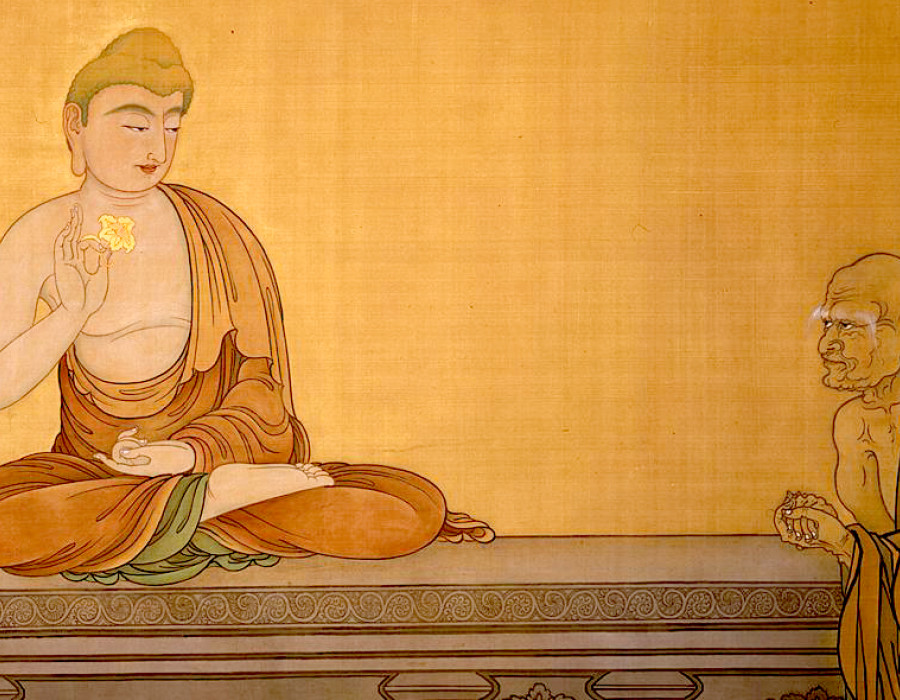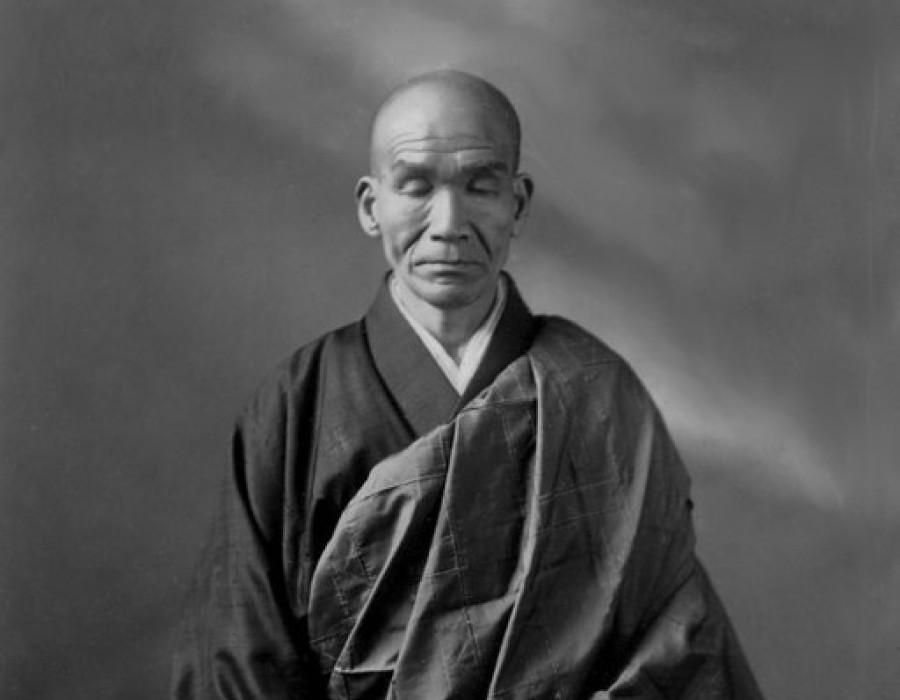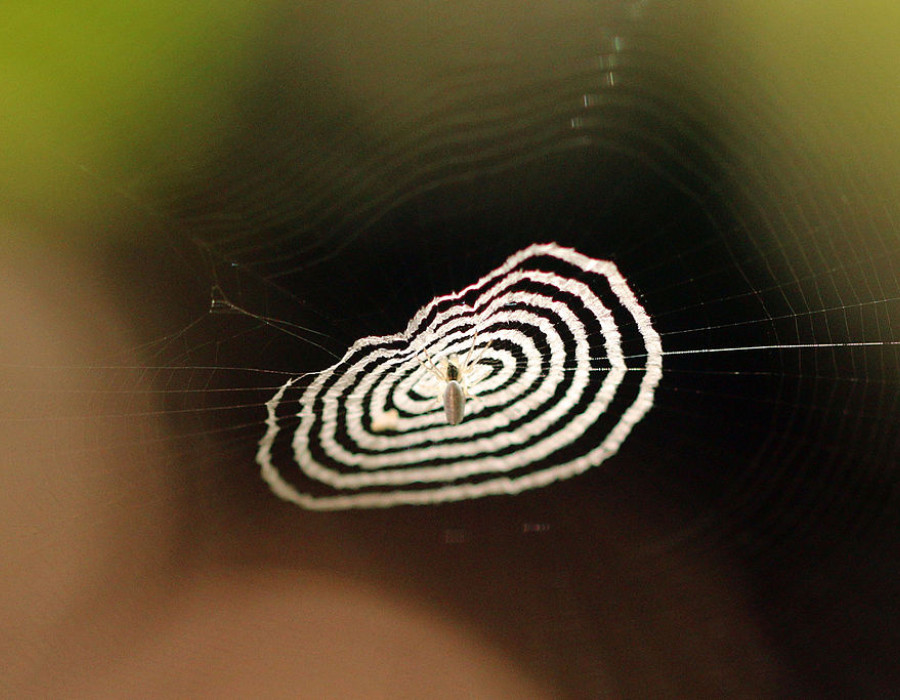
Martin Goodson
The Six Paramitas: 1. Giving
Exercise in Mindfulness
The practice of giving isn't just for collecting merit. The giving away of 'myself' is fundamental to Zen training.
 ©
© shutterstock
The first paramita or practice of going beyond ‘I’ is called dana in Sanskrit and translates as ‘giving’.
In early Buddhism dana for the laity consisted of supporting the sangha – the community of ordained monks - so that the monks could continue with their meditation practice in the forest. In return the sangha would preach the dharma – the precepts for good living – offer counsel and blessings, organize religious festivals and generally support the spiritual life of the community.
Dana considered as a paramita on the other hand is a spiritual practice in itself and it is no coincidence that it appears first on the list of the six practices or paramitas.
In order to appreciate the purpose of this practice we need to understand what it’s trying to undo: namely how I habitually go about things. In every day consciousness I’m always the actor at the center of the action, the doer in the doing. A good illustration of this delusory way of thinking is contained in the fairy tale of the centipede and the frog:
One day a centipede was going about his business when a frog struck up a conversation with him.
“It always amazes me the way you walk,” said the frog. “You have so many legs. Yet you never seem to trip over yourself. You move them so elegantly and with such grace. I don’t know how you do it! Tell me, how do you know which leg to move first?”
The centipede was flattered by the frog’s words.
“Well, I just do,” he said.
“Show me,” said the frog.
The centipede, now feeling self-conscious, realized that he had no idea which leg to move first. Suddenly he couldn’t move. He was completely paralyzed by the frog’s question. At that moment the frog darted out his long tongue and turned the centipede into a delicious lunch.
We too can find ourselves paralyzed whenever a strong feeling of ‘I’ arises. Many people have a problem taking exams because it makes them nervous to have someone looking over their shoulder. Why is this? Perhaps I feel I’m being judged and fear the scrutiny. Once that strong feeling of ‘I’ is there it tends to stifle the otherwise smooth functioning of the skill that is being tested.
This is the same problem that the centipede had and it gives us a clue as to why we often find it difficult to practice mindfulness and meditation. I feel I must practice mindfulness and meditation but in fact the state of meditation can only arise when ‘I’ am out of the way.
I think that I must feel calm or have no thoughts so I push myself and instantly meet resistance. Then I become frustrated. Thoughts begin to race and feelings heat up making it all rather difficult. I can quickly become despondent about the practice.
This is the result of ‘I’ trying to push the citta - the heart/mind - around, in order to make it conform to what I think it should be doing. The more there is of ‘I’ the further away we are from the meditation state.
The purpose of dana as a spiritual practice is to provide an antidote to the usual attitude of ‘I am doing’ or ‘I am acting’. Instead of ‘I doing’ we have ‘I give myself into…’ whatever at this moment is being done anyway.
Re-read that last sentence. Don’t these two approaches have a different feel?
‘I doing’ is about control, being in charge, on top of things etc. ‘I giving myself into…’ is more like a drop of water slipping into the ocean. And what is this ocean? Isn’t it the just the situation that is here and now surrounding us?
I am sitting in my conservatory typing this article. It’s a bit cold. I don’t like this and want to change it so I get up and turn on the heating before settling down:
“Now where was I? Hmm. Maybe I need a cup of hot coffee to get me going.”
So I go make some coffee and sit down again:
“Oh dear. I must get to the post office before the lunchtime queue starts. Will I have time to do this article or should I go now and postpone this until later?”
I decide to continue anyway but the nagging thought distracts me. And so it goes on.
The process of giving myself into something is different:
Having made up my mind to type this article I sit down. I feel cold. I acknowledge it:
“Yes, it’s cold.”
I give myself into the typing. Yes, I want a cup of coffee but I give myself back into the typing. Yes, I want to go to the post office but I give myself back into the typing.
With this ‘yes’ and a small bow of the head, the ‘I want’ slips back into the ocean of what at this moment is being done anyway.
Remarkably by just giving myself into the typing the heart/mind begins to conform to the task and the desire for distraction subsides of itself. The state of being given into is marked by a quiet joined-up sense of being at one with what is being done. This is known as samadhi.
In samadhi the awareness arises of itself. There is no ‘I’ who must be aware of this or that. This oneness pervades the doing and responds as the situation changes. When it is time to stop, it knows and then simply moves onto the next thing to be given into.
Master Rinzai put it simply:
“When hungry I eat. When tired I sleep. Fools laugh at me. The wise understand.”
This doesn’t mean that I now do as I please. On the contrary, this ‘I’ has melded with the prevailing situation and it is the situation that directs and performs. As it says in one Mahayana sutra:
“The heart rolls with the ten thousand things; this rolling is truly mysterious.”
The Six Paramitas | Martin Goodson
Exercises in Mindfulness











